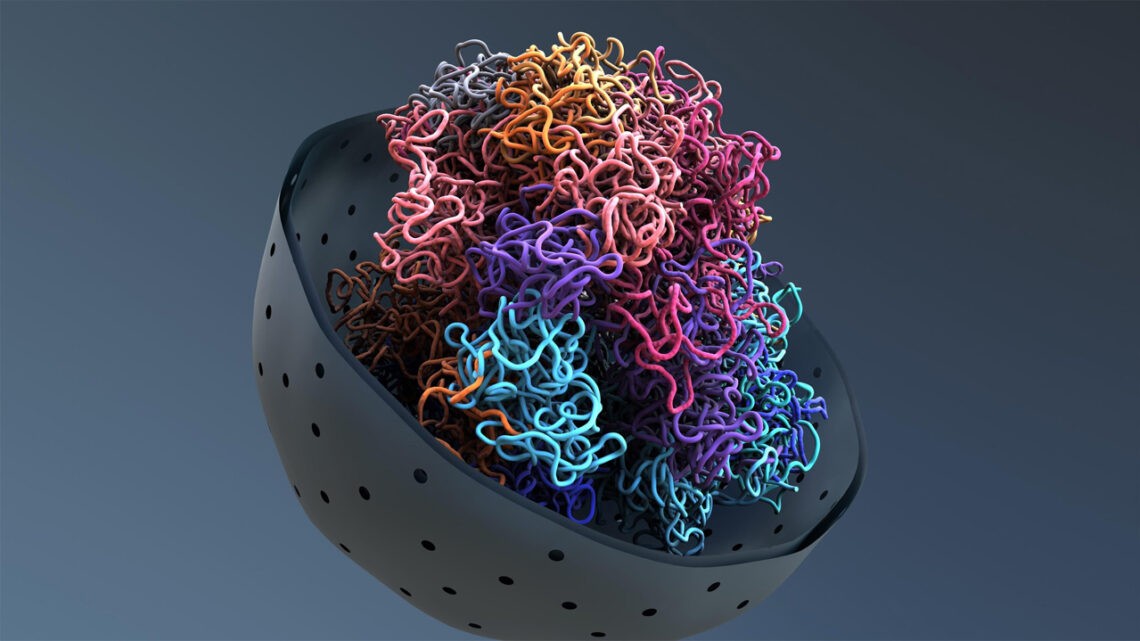
Researchers use algorithmic approaches to understand how cancer changes histone markers
May 11, 2021Scientists in EPFL and UNIL have used a new algorithmic approach to cancer cells to gain knowledge and how to change in the histone marker (H3K27AC) and induce repositioning the chromatin area in the cell nucleus. Scientists also illustrate how local contact modifications between regulatory elements known as enhancers and promoters affect oncogenous expression. This study strives to gain new understanding of cancer and potential methods to fight it.
Cancer is a very complex disease that partly makes research affected by cancer is so difficult. To get an understanding into cancer, researchers focus on the genome. If they can understand what happens at the DNA level, scientists hope it will be possible to treat and prevent cancer at all in the future. Researchers about this project have made a breakthrough discovery of critical genetic irregularities that occur in cancer.
The team uses a new algorithm-based method to learn how cancer cells rearrange 3D DNA structures to increase genes that promote cancer known as oncogenes. Scientists focus on four chromosomes where DNA is packaged in cells and how chromosomes are held within the small boundaries of cellular nucleus. In normal DNA, each cell carries 23 chromosomes and two copies for each chromosome. However, the structure and organization of chromosomes change in cancer cells.
Scientists say that a piece of copy of chromosome 8 can be attached to a copy of chromosome 14 in cancer cells. Chromosomes can also take a more relaxed or compact structure depending on the chemical modification called epigenetic signs. Scientists in this project investigate how changes in certain epigenetic signs modify the chromosome structure and gene expression that promotes tumor growth known as oncogen.
The genetic algorithm approach used by the team is called Calder and tracks how the genome area is positioned in connection with each other in the nucleus. The team uses an approach to comparing the spatial organization of genomes in more than 100 samples. The chromatin area tracked Calder was “moved” from one nucleus area to another area because it changed epigenetic signs. The team found that in lymphoma cells, specific epigenetic changes caused the chromatin area to be positioned back to various nucleus fields which lead to new local interactions that activate oncogenous expression.










